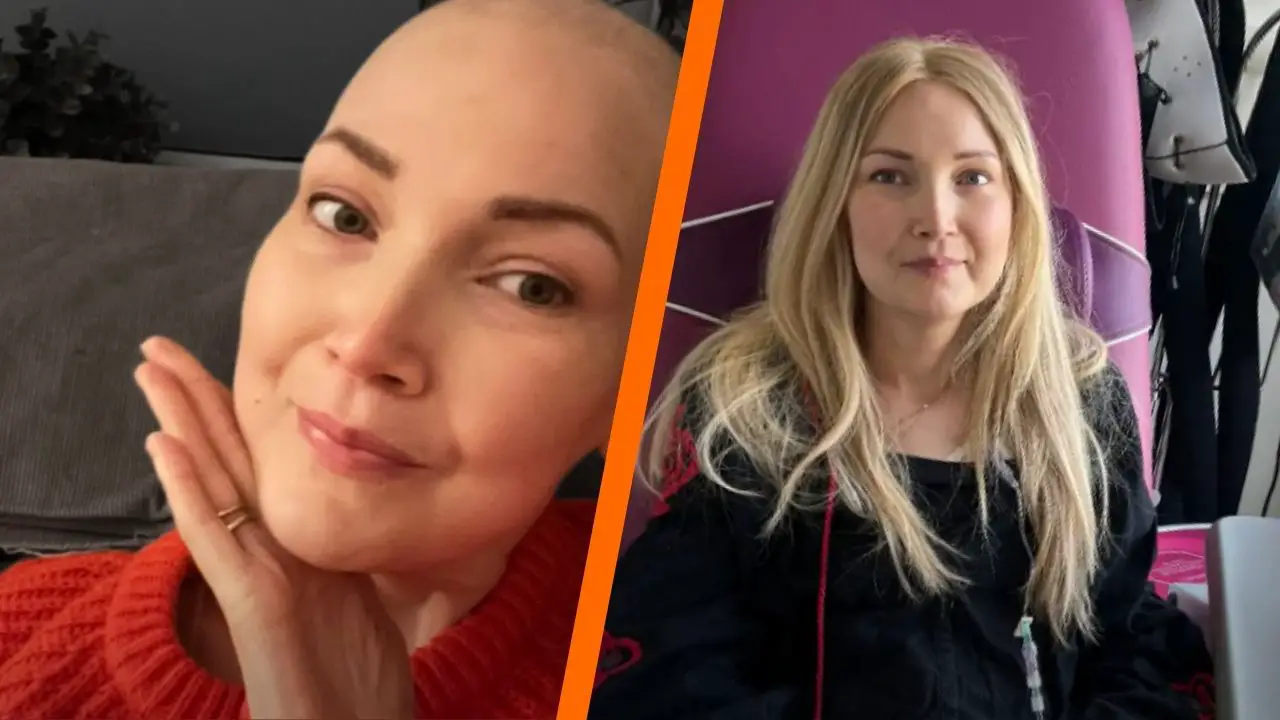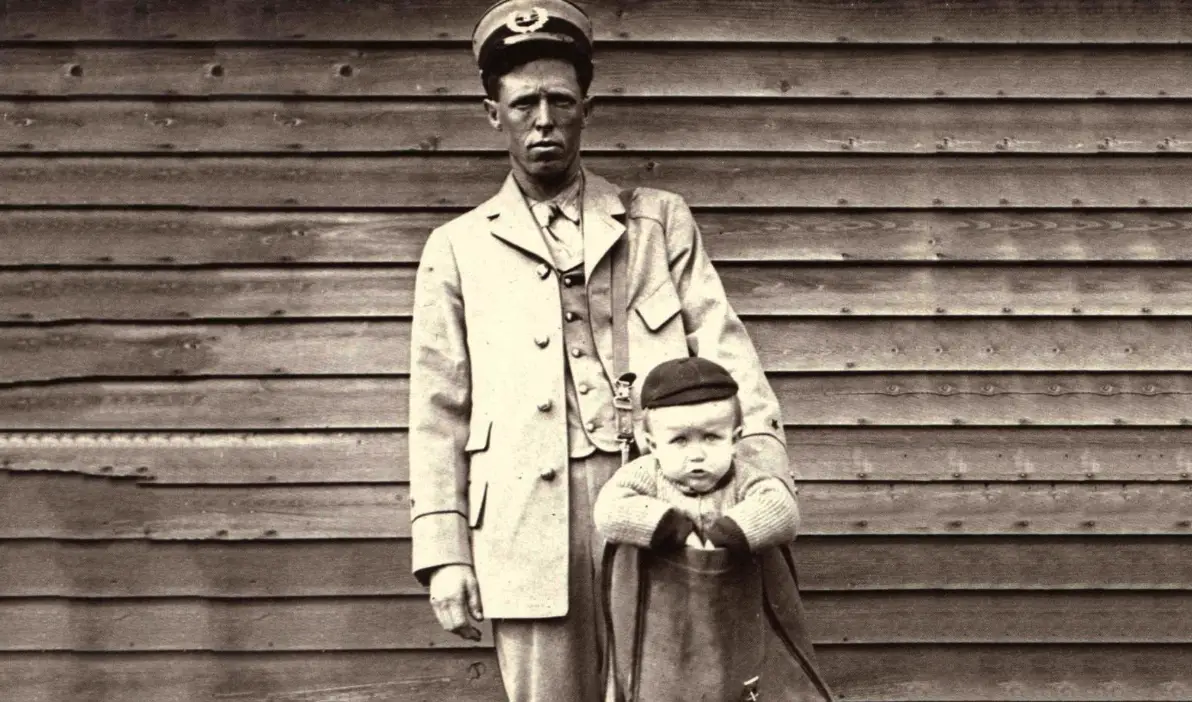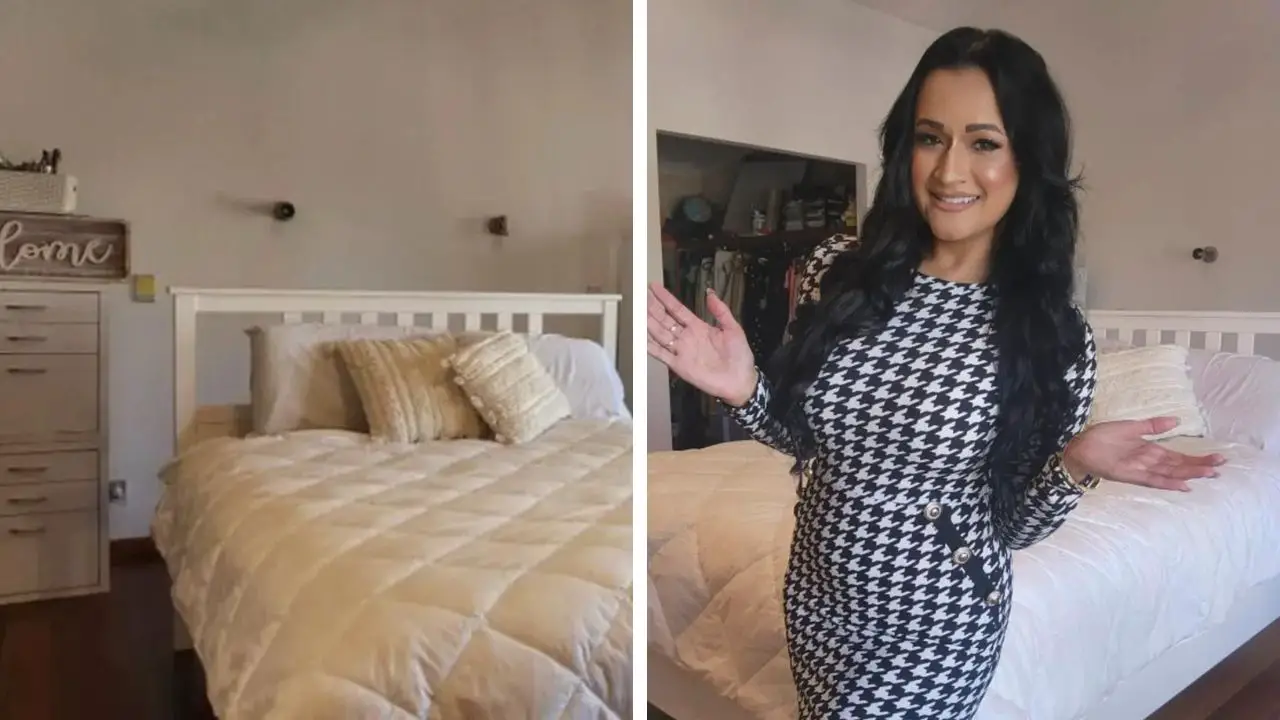UCSF Study Reveals: More Time with Your Aging Mother Could Add Years to Her Life
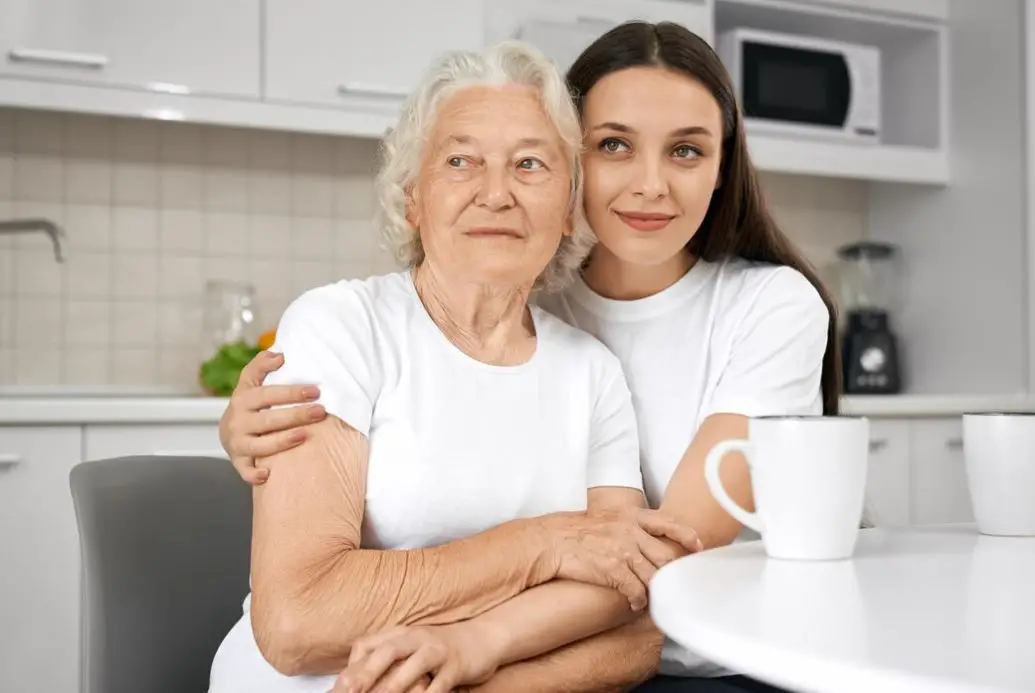
- Loneliness increases the risk of functional decline by 59% in older adults.
- Social isolation can raise mortality rates by 45% among seniors over 60.
- Spending quality time with family may combat these effects and promote longer, healthier lives.
In a world where the hustle of daily life often pulls families apart, a groundbreaking study reveals a simple yet profound truth: dedicating more time to your aging mother could be the key to extending her lifespan and enhancing her overall well-being.
Drawing from extensive research on elderly health risks, this insight underscores how combating loneliness in seniors—through regular visits, heartfelt conversations, and shared activities—might not just warm the heart but also safeguard against serious ailments like heart disease, cognitive decline, and premature death.
As the global aging population surges toward unprecedented numbers, with projections estimating over 2 billion people aged 60 and older by 2050 according to United Nations data, understanding these dynamics becomes crucial for families navigating senior care challenges.
The foundation of this revelation stems from a comprehensive analysis conducted by researchers at the University of California, San Francisco (UCSF), who delved into the lives of 1,604 older adults with an average age of 71.
These participants, part of the Health and Retirement Study sponsored by the National Institute on Aging, were tracked from 2002 to 2008 to uncover hidden factors influencing their health trajectories.
What emerged was startling: feelings of emptiness and desolation, often dismissed as mere emotional states, were independently linked to heightened vulnerabilities in physical function and survival rates.
Imagine your mother, vibrant in her younger years, now facing a 59% greater adjusted risk of losing the ability to perform everyday tasks such as climbing stairs or walking independently—simply because solitude has taken root in her routine.
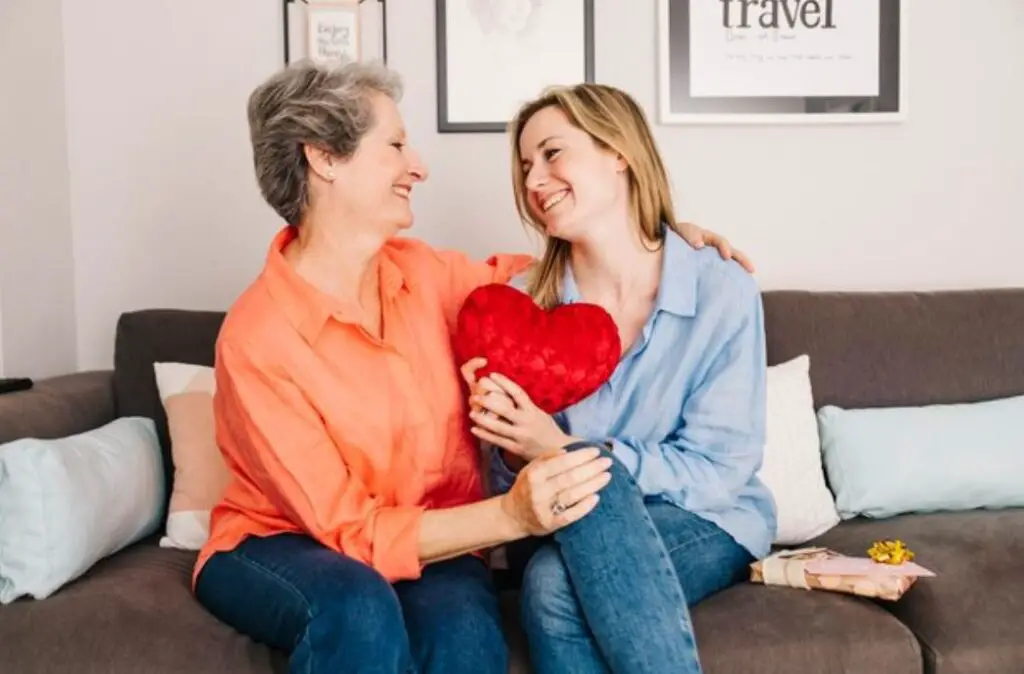
But here’s where curiosity builds: loneliness doesn’t always mean living in isolation.
The UCSF team discovered that 43% of the surveyed seniors reported feeling lonely, despite only 18% actually residing alone.
This disconnect highlights a critical nuance in elderly loneliness effects—it’s not just about physical proximity but emotional connection.
For instance, a mother surrounded by neighbors or in a bustling community might still grapple with that gnawing void if meaningful interactions are absent.
Researchers emphasized that subjective experiences, like the ache of missing family bonds, play a pivotal role in senior health risks, challenging traditional medical models that prioritize measurable symptoms over intangible feelings.
Delving deeper, the study quantified these dangers with precision. Participants identifying as lonely faced a hazard ratio of 1.45 for mortality, translating to a 45% elevated chance of death compared to their socially connected peers.
This statistic isn’t abstract; it reflects real-world outcomes where unaddressed isolation accelerates conditions such as hypertension, weakened immune responses, and even accelerated brain aging, as corroborated by broader epidemiological reviews on aging population health.
Families might wonder: Could weekly phone calls or weekend outings reverse this tide?
The data suggests yes, by fostering resilience against the functional declines that often precede nursing home admissions—a fate that looms larger as healthcare costs for seniors skyrocket, with annual expenses for long-term care averaging $100,000 in many U.S. regions.

As we explore further, consider the demographic backdrop amplifying these findings.
The baby boomer generation, born between 1946 and 1964, now swells the ranks of those over 65 to nearly 40 million in the U.S. alone, a figure poised to double by mid-century.
This boom intensifies the urgency of addressing social isolation in elderly care, where factors like retirement, loss of spouses, or geographic separations from children exacerbate risks.
Intriguingly, the UCSF investigation differentiated loneliness from depression, noting that while the latter saps energy and joy, the former can afflict even high-functioning individuals who feel desolate amid activity.
This distinction opens doors to targeted interventions: perhaps integrating social prescriptions into geriatric medicine, where doctors recommend community engagements or family involvement alongside prescriptions for blood pressure meds.
Yet, the plot thickens when we examine personal stories intertwined with the data.
Take Barbara Dane, an 85-year-old jazz singer featured in the research context, who lost her husband in 2010 but maintains vitality through performances and social ties.
Her experience illustrates how nurturing connections—be it through hobbies, friendships, or family time—can buffer against the heart’s “missing space” she describes.
Dane’s advice resonates: appreciating one’s skills and re-entering life’s stream could be lifesaving for seniors teetering on isolation’s edge.
But what if your mother’s routine lacks such outlets? Emerging strategies in senior wellness programs, like virtual reality meetups or intergenerational living arrangements, hint at innovative ways to bridge gaps, potentially slashing those daunting risk ratios.
| Key Fact | Detail | Impact |
|---|---|---|
| Study Participants | 1,604 adults aged 60+, mean age 71 | Nationally representative sample from Health and Retirement Study |
| Loneliness Prevalence | 43% felt lonely | Only 18% lived alone, showing emotional vs. physical isolation |
| Functional Decline Risk | 59% increased adjusted risk | Affects daily activities like walking and climbing stairs |
| Mortality Risk | 45% greater hazard ratio | Independent of other health factors |
| Demographic Breakdown | 81% Caucasian, 11% African American, 6% Hispanic | Highlights diverse elderly health concerns |
| Funding Source | National Institute on Aging Grant #5R01AG028481-03 | Supported rigorous, unbiased research |
Building on this, the implications for family dynamics are profound. Spending more time with your mother isn’t merely sentimental; it’s a proactive step in elder care strategies that could delay institutionalization and preserve independence.
Researchers advocate for holistic approaches, urging healthcare providers to probe beyond chronic diseases into home and community influences.
What hidden environmental risks might be lurking in your mother’s daily life, from sparse visitor logs to diminished neighborhood interactions?
By intervening early—through structured visits that include shared meals, walks in the park, or even tech-assisted video chats—families might not only extend lifespan but also enrich quality of life, warding off the cascade of issues from mobility loss to cognitive impairments.

The study’s lead, Carla Perissinotto, an assistant professor in UCSF’s Division of Geriatrics, expressed initial trepidation about uncovering null results, only to find robust correlations that demand action.
Her team’s work, backed by the Geriatric Academic Career Award from the Health Resources and Services Administration, positions loneliness as an independent predictor, akin to smoking or obesity in its health toll.
This elevates the conversation around preventive senior health, where simple acts like planning a surprise outing could yield dividends in longevity.
But questions linger: How do cultural differences influence these outcomes, with some societies prizing multigenerational households that inherently combat isolation?
As we ponder these layers, real-world applications emerge in policy and practice.
Initiatives like the UCSF Division of Geriatrics’ efforts to train future leaders in elder care emphasize integrating social factors into medical curricula.
For families, this translates to actionable steps: assessing your mother’s social network, encouraging participation in senior centers, or even adopting pets for companionship, which studies show can reduce cortisol levels and boost endorphins.
The ripple effects extend to societal costs, with reduced healthcare burdens if loneliness is curbed—potentially saving billions in Medicare expenditures as the elderly population balloons.
Yet, the most compelling aspect remains personal: envision the transformative power of your presence in her life.
Each moment spent listening to her stories or helping with errands might subtly fortify her against the silent threats of solitude.
And as research evolves, with follow-up studies exploring genetic versus environmental interplay in loneliness susceptibility, one can’t help but wonder—what untapped secrets in family bonds could unlock even greater extensions of healthy years?
The answer, it seems, lies in the time we choose to invest today, before the window closes on tomorrow’s possibilities.













